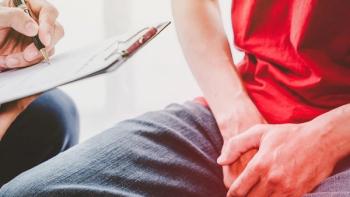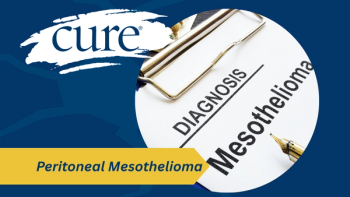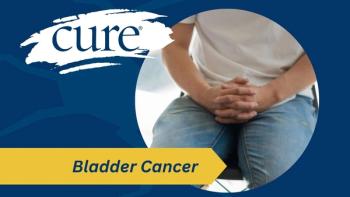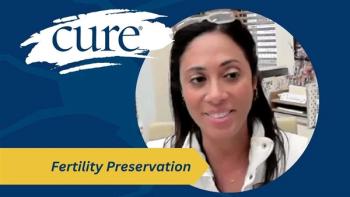
Cancer survivors need details of treatment
In this issue of CURE you will read about a young woman named Diana DeVoe who was diagnosed with rhabdomyosarcoma at age 19. Now 42 and suffering from chronic pain due to neuropathy associated with late effects of the drugs she was given, DeVoe has found a gift in the suffering she has experienced in the last seven years. It's strange how suffering sometimes breaks through the resistance to feeling. Rhabdomyosarcoma is a malignant tumor of the muscles that are attached to bones and can occur in many places in the body. Its cause is unknown and it most often affects children. It popped up on DeVoe's left hand during her first semester at college, appearing as a knot between the knuckles.She didn't know when she went home for Christmas break that year that her life would never be the same, and that the next two years would be a marathon of surgery to remove the tumor and two of her fingers, chemotherapy with some of medicine's strongest drugs, and college, a supposedly carefree time that wasn't. Emotionally she dealt with it the way many young adults do, by pretending it didn't happen and isolating from friends and family. DeVoe told new friends in her life that she lost her fingers in a car accident.After graduation she moved from the Midwest where she earned her degree to Dallas to work for a large hotel chain where she would help open new hotels for the next 20 years or so. Relationships didn't happen; she kept people at arm's length – always using the good hand.Then she hit a wall when at age 36 she began experiencing neuropathy in both feet.It's hard to describe neuropathy. First it was numbness, then it was pain, pain that kept her from driving for more than 10 minutes at a time. A plethora of doctors and drugs didn't help until she saw Angela Orlino, MD, director of the young adult program, After Cancer Experience (ACE), a survivorship program of Dallas Children's Medical Center and the UT Southwestern Medical Ceenter, the oldest AYA program in the country. It was time to stop hiding and call herself what she was – a cancer survivor. Since you can read this whole story yourself in the magazine, you may be wondering why the blog. This is why. Orlino needed to know what drugs had been used to treat DeVoe, who was fairly sure they were called doxorubicin, vincristine, cyclophosphamide, and cisplatin. The doctors were asking so she called the hospital where she was treated, which didn't help. The records were on microfiche -- somewhere. Today when you finish treatment, you should get a Survivorship Care Plan that gives you specifics on which drugs you got and how much. It should also document radiation if you had any and all unusual issues surrounding your diagnosis and treatment. Unfortunately, while the healthcare system has made progress in providing Survivorship Care Plans, they haven't made enough. Few cancer centers have begun the practice. In the winter issue of CURE you will learn how to be your own advocate and how to put together your own care plan. We are giving you the list of items you need to find out and some suggested ways to document these as well as some additional pieces of information you may need to ask your medical or radiation oncologist. Today, DeVoe is spreading the word to other adults in the ACE program not to shut down like she did but to move on, and to take their care plan with them.





